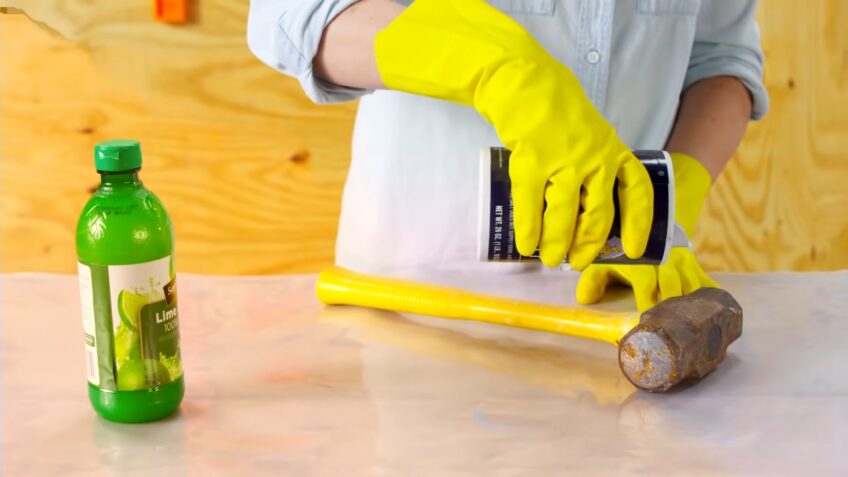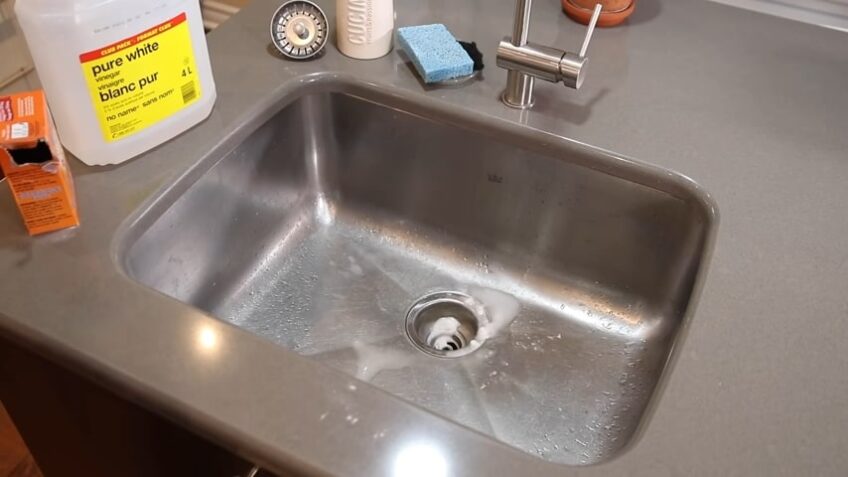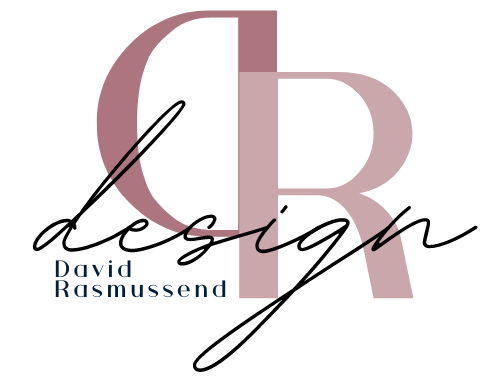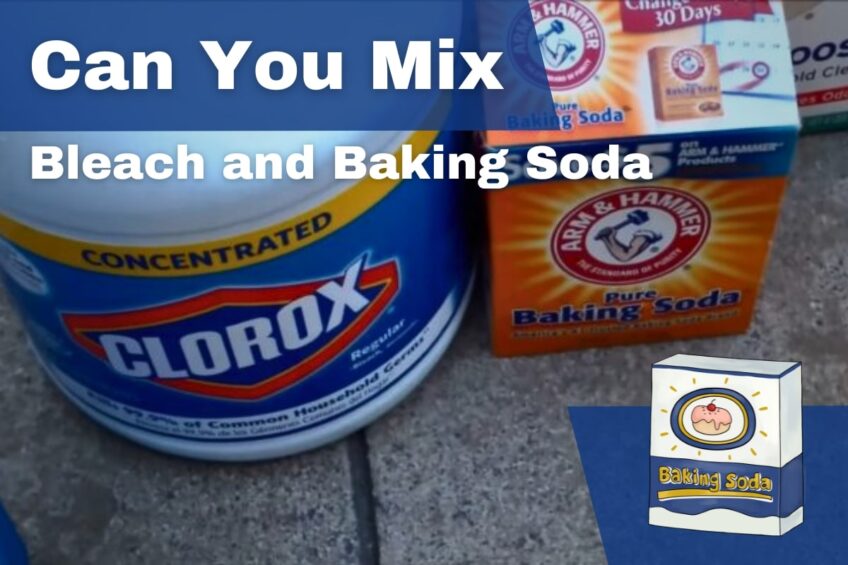Bleach and baking soda are common household cleaning agents that are known for their effectiveness in removing stains, odors, and grime. However, many people wonder if it is safe to mix these two substances together. Some believe that combining bleach and baking soda can enhance their cleaning power, while others warn that it can create a toxic and dangerous reaction. In this article, we will explore the truth about mixing bleach and baking soda and provide you with the information you need to stay safe while cleaning your home. So, can you mix bleach and baking soda? Let’s find out.
Effects of Mixing Bleach and Baking Soda
DIY cleaning solutions are becoming more popular. But, can you mix bleach and baking soda? Actually, it’s not a good idea. The effects of combining them can be bad. Skin and eye irritation, or even toxic gases, can form.
Formation of Toxic Gases
Mixing bleach and baking soda is not recommended. It can form toxic gases, which are hazardous to your health.
What occurs when you mix them? The ingredients’ alkaline and acidic nature react, creating sodium hypochlorite, water, and salt. The reaction also emits chlorine gas, which is very dangerous.
It can lead to mild skin and eye irritation, or even severe respiratory distress and death. It is important to prevent mixing these two, or if they must be used together, do so with proper safety measures.
Skin and Eye Irritation
Do not mix bleach and baking soda!
Bleach contains sodium hypochlorite, a corrosive substance. It can cause severe eye and skin damage when combined with an acid or ammonia-based cleaning agent.
Baking soda, however, is an alkaline substance. It can cause skin irritation when in contact with the skin.
If these two substances are mixed, a chemical reaction takes place. This releases chlorine gas, which is highly toxic and can cause respiratory distress, eye, and skin irritation.
Avoid mixing bleach and baking soda to prevent dangerous chemical reactions!
Corrosion of Household Surfaces

Corrosion on household surfaces is a frequent issue that can result from using certain cleaning products. An example is mixing bleach and baking soda, which can cause corrosion of surfaces, as well as other problems.
Here are some effects of combining bleach and baking soda:
A chemical reaction is caused. Salt, water, and chlorine gas are created. Inhalation of large amounts of chlorine gas is hazardous.
Baking soda is abrasive and corrosive when mixed with bleach. It can damage surfaces.
Also, the two substances cancel out each other’s properties, making them ineffective in cleaning.
It’s not recommended to mix bleach and baking soda. Use each one separately to avoid harm to surfaces and yourself.
Potential Safe Uses of Mixing Bleach and Baking Soda
The risks and possible benefits depend on why and how you use this combination. Generally not recommended. However, safety is achievable with some precautions in certain circumstances.
Let’s find out more!
Cleaning Carpets and Upholstery
Baking soda is gentle and absorbs odors while bleach is a strong chemical to disinfect and whitens. Mixing them can create a bad reaction with poisonous fumes.
Cleaning carpets and upholstery? First, vacuum the carpets and upholstery to get rid of any dirt and debris. Spot clean stains with alcohol or white vinegar. Hire a professional cleaner or use a commercial carpet cleaner for deep cleaning.
When using bleach, follow safety instructions and ventilation requirements. Use it only on surfaces that can withstand it and rinse well with water.
Removing Tough Stains from Clothes

Mixing bleach and baking soda is not recommended for stain removal on clothes. It can create a dangerous chemical reaction, which can harm you or damage your clothes badly.
Bleach works well on tough stains, but never mix it with other household cleaners or chemicals, like baking soda. This can create chlorine gas, a toxic and hazardous gas. It can cause respiratory problems, skin irritation, and other health issues.
Opt for safer ways to remove stains, like spot treatment with detergent or vinegar, or soaking the clothing item in a diluted bleach solution.
Unclogging Drains
Unclogging drains can be a difficult task. Before going for chemical cleaners, try this safe and effective strategy. Use baking soda and vinegar! Here’s how:
Pour in one cup of baking soda.
Then add a cup of white vinegar.
Allow 10-15 minutes for the mixture to fizz and bubble. This will help break down the gunk.
Once done, flush with hot water.
Can you mix bleach and baking soda? Not recommended. Mixing these two can create a chemical reaction. This would release chlorine gas. It is a poisonous gas that is dangerous to health. So, avoid mixing them.
Safety Measures to Take When Using Bleach and Baking Soda

They are common items in households, but combining them is not a good idea. Mixing these two substances can cause hazardous fumes and have side effects. So, it is important to take safety measures when using them together.
Let’s have a look at the science behind this combination and the precautions you must take while using them.
Wear Protective Gear
When using bleach and baking soda, it’s essential to wear protective gear. Here are some safety measures:
Wear gloves to protect the skin.
Put on safety goggles to protect your eyes.
Make sure the area is well-ventilated.
Never mix bleach and baking soda! Doing so creates sodium hypochlorite. This releases toxic chlorine gas when exposed to acids.
Therefore, it’s best to clean and rinse separately.
Adequate Ventilation
When using bleach and baking soda, proper ventilation is essential. These cleaning agents can create harmful fumes. Mixing them can cause chlorine gas, which is highly toxic. It can lead to respiratory issues, coughing, and eye irritation.
Thus, safety steps should be followed:
- Open windows and doors for ventilation.
- Put on gloves and protective gear.
- Never mix bleach and baking soda.
- Keep kids and pets away.
- Read instructions and warning labels of cleaning products. Follow them for safety.
Store Products Safely
Safety is key when storing household cleaning products like bleach and baking soda. These chemicals must stay apart to avoid toxic fumes from mixing. Here are some safety measures to take:
- Read labels before use and follow instructions.
- Never mix bleach and baking soda. This can cause a chemical reaction that releases chlorine gas, which is very toxic.
- Store in original, labeled containers, tightly sealed, in cool, dry, and dark places.
- Keep away from children and pets.
By following these safety measures, you can use cleaning products safely and without harm at home.
Alternatives to Mixing Bleach and Baking Soda
Mixing bleach and baking soda may seem like a cost-effective way to clean, however, it can be dangerous. No need to worry though! There are alternatives.
We’ll explore options for cleaning and disinfecting surfaces without using bleach and baking soda.
Baking Soda and Vinegar
Wondering if they are better than mixing bleach and baking soda? The answer is yes! Bleach & baking soda can create a toxic gas, whereas baking soda & vinegar are safe & non-toxic cleaning agents. Here’s how to use them for cleaning:
- Drain cleaner: Pour ½ cup of baking soda and then ½ cup of vinegar down the drain. Let the mix foam and rest for 30 mins before flushing with hot water.
- Carpet cleaner: Generously sprinkle baking soda on the carpet & leave it for a few hours before vacuuming. Then, spray a mix of vinegar & water onto the carpet & blot with a clean cloth.
- Stain remover: Combine baking soda & vinegar in equal parts & make a paste. Spread it on the stain, leave it for 30 minutes & wash it off as usual.
Baking soda & vinegar are safer & effective cleaners – no danger of chemical reactions!
Baking Soda and Hydrogen Peroxide
Baking soda and hydrogen peroxide are great alternatives. Mixing the two can produce harmful, toxic fumes that can cause big problems.
So why not try the baking soda and hydrogen peroxide instead? Here’s what to do:
- Mix the baking soda and hydrogen peroxide to make a paste.
- Apply the paste, wait a few minutes, then scrub with a damp cloth or sponge.
- Finally, rinse the surface with water.
This natural cleaning solution is safe and effective for use in your home!
Borax and Lemon Juice
Borax and lemon juice make a great, safe cleaning solution. This alternative to mixing bleach and baking soda has no risk. Borax- a mineral, and lemon juice- an acid, are both inexpensive and effective.
Here’s what you do: Mix ½ cup of borax with 1 gallon of warm water. Stir until the borax dissolves. Then, add 1 cup of lemon juice and mix it up. Spray the solution onto surfaces and scrub if needed.
FAQs
Can you mix baking soda with other cleaning agents?
It can be mixed with other cleaning agents, such as vinegar or lemon juice, to create a natural cleaning solution. However, it is important to use caution and follow proper instructions.
Can you use bleach and ammonia together for cleaning?
No, it is not safe to use bleach and ammonia together for cleaning. The combination of these two substances can produce harmful gases that can cause respiratory problems and even lead to explosions.
Can you use bleach and hydrogen peroxide together for cleaning?
No, it is not safe to use bleach and hydrogen peroxide together for cleaning. The combination of these two substances can produce harmful gases that can cause respiratory problems and even lead to explosions.
Is baking soda an effective cleaning agent?
Yes, it is an effective cleaning agent that can be used for a variety of cleaning tasks, such as removing stains, deodorizing carpets, and cleaning kitchen surfaces.
What are some safe alternatives to bleach for cleaning?
Some safe alternatives to bleach for cleaning include vinegar, hydrogen peroxide, and natural cleaning agents, such as baking soda and lemon juice.
What are some safety tips to follow when cleaning with bleach?
Some safety tips to follow when cleaning with bleach include wearing protective gloves, using it in a well-ventilated area, diluting it with water as directed on the label, and avoiding mixing it with other substances.
Conclusion
In conclusion, the answer to whether or not you can mix bleach and baking soda is not a straightforward one. While combining these two substances may seem like a simple solution for cleaning tough stains, it can create a potentially hazardous situation. The chemical reaction that occurs can produce harmful gases and even result in explosions. It is crucial to follow proper safety precautions and avoid mixing bleach and baking soda. Instead, use these two cleaning agents separately to achieve the desired results safely. Remember, your health and safety should always come first when cleaning your home.

